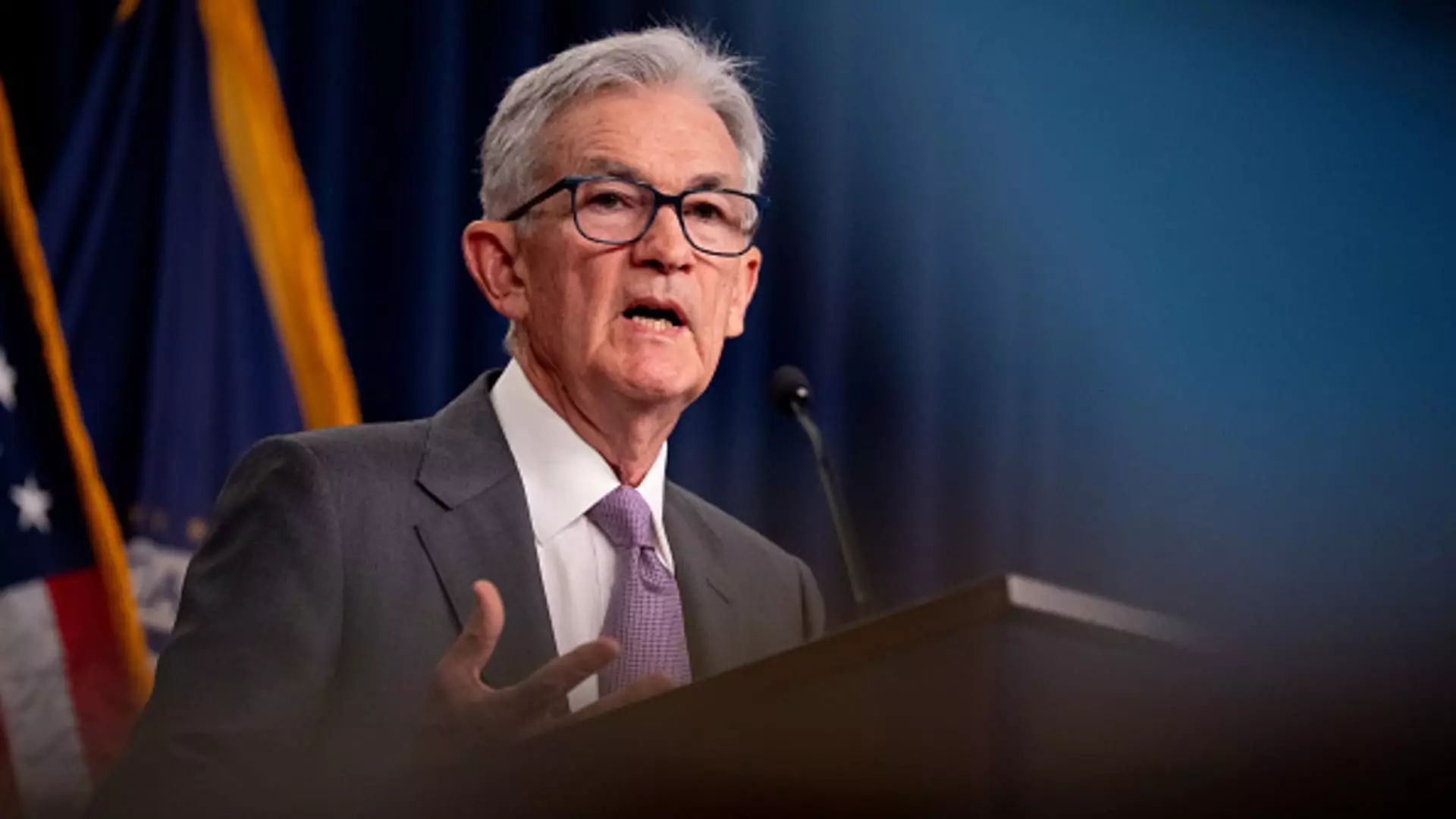In the evolving landscape of the U.S. economy, discussions surrounding interest rate adjustments have gained significant momentum ahead of the Federal Reserve’s upcoming meeting. Among the most contentious topics is whether the Federal Reserve should opt for a dramatic 50 basis point (bps) cut or proceed with a more cautious approach. As analysts and economists weigh in, the implications of such decisions beckon deeper scrutiny into market reactions and economic indicators.
Advocates of a substantial rate cut, like Michael Yoshikami, CEO of Destination Wealth Management, argue that a 50 bps reduction could provide much-needed support to the labor market without inducing panic among investors. Yoshikami posits that initiating such a cut could signal preemptive action by the Fed, bolstering confidence in its commitment to stimulate employment growth. This perspective reflects a broader belief that a proactive stance could place the central bank in a favorable position amidst creeping economic uncertainties.
Joseph Stiglitz, a Nobel Prize-winning economist, echoes this sentiment, indicating that previous rate hikes might have been implemented too aggressively. The overarching message is clear: a pronounced cut could quench fears of a looming downturn while reinforcing a baseline of economic stability. However, this optimistic view comes with caveats, as not all analysts share the same level of confidence regarding the potential ramifications of such a dramatic move.
While some analysts remain bullish about a robust rate cut, others express cautious apprehension. George Lagarias, chief economist at Forvis Mazars, articulates concerns that a significant reduction might inadvertently communicate desperation rather than calculated strategy. This perspective highlights the delicate balance the Federal Reserve must maintain as it navigates the nuanced landscape of economic indicators.
The fear, according to Lagarias, is that signaling urgency through a large reduction could trigger adverse reactions within the market, thereby perpetuating negative sentiments and potentially inducing a self-fulfilling prophecy. This apprehension is exacerbated by recent volatility in the stock markets, particularly noted during a not-so-favorable jobs report that illustrated the fragility of the current labor market.
Evaluating the current state of economic indicators provides further context to the conversation. Despite the market’s fluctuations, both unemployment rates and interest rates remain historically low. Factory outputs and employment growth demonstrate resilience, casting doubt on the narrative that a recession is imminent. Thanos Papasavvas of ABP Invest encapsulates this viewpoint, pointing to manufacturing metrics as evidence that economic fundamentals remain strong.
However, the reality is nuanced. The recent job report, which showed signs of slowing, has contributed to rising concerns about whether the economy might be teetering on the brink of recession. This duality in indicators presents a complex picture—while some elements of the economy demonstrate strength, other cautions suggest vulnerabilities that could merit a considered approach.
As expectations swell regarding the Federal Reserve’s actions, market participants are currently weighing their options. The CME Group’s FedWatch Tool reflects a divided sentiment, with approximately 75% of traders anticipating a 25 bps cut, while a more significant 50 bps reduction finds support among the remaining 25%. This divergence illustrates the contrasting assessments of economic trajectory among investors.
The volatility in the market reflects an underlying uncertainty, with traders pausing to assess the implications of the Fed’s potential decisions not only on interest rates but also on broader economic sentiment. The impact of investor psychology cannot be understated, as perceptions of stability or instability can significantly influence market performance.
As the Federal Reserve approaches its next meeting, deliberations about interest rate cuts will remain a focal point of economic discourse. The potential for a larger than anticipated rate cut introduces critical questions about the Fed’s overarching strategy and its readiness to engage with prevailing economic conditions. Balancing the need for economic stimulation against the risk of alarming market participants presents a formidable challenge.
The outcome of this meeting might well define the trajectory of the U.S. economy in the short to medium term. Ultimately, the Federal Reserve’s actions in response to these economic signs will reflect its capacity to navigate a complex economic landscape and to assure both investors and the public that it remains committed to fostering a sustainable economic environment.

